Author: Marshall Schott
Back in the early 18th century, a time in which Bitter and Pale Ale were satiating the palates of drinkers in the United Kingdom, Smithwick Brewery of Kilkenny, Ireland released their Draught Ale that, in addition to being more malt focused, presented with a gorgeous red hue. And so was born the Irish Red Ale, a regional style that appears to have lost some favor in the very region it eponymizes, presumably due to a stronger preference for Stout and Porter.
Indeed, Smithwick’s Irish Ale remains available today, though craft examples of Irish Red Ale can be found in pubs across the United States, offering patrons a pleasant departure from tap lists otherwise filled with milky hop bombs. What sets Irish Red Ale apart from other amber colored styles is its relatively low hop character paired with toasty malt and hints of nuttiness. The BJCP provides the following description:
An easy-drinking pint, often with subtle flavors. Slightly malty in the balance sometimes with an initial soft toffee/caramel sweetness, a slightly grainy-biscuity palate, and a touch of roasted dryness in the finish. Some versions can emphasize the caramel and sweetness more, while others will favor the grainy palate and roasted dryness.
I’ve been a fan of Irish Red Ale since the very first batch I brewed, in part because the very first batch I brewed was an Irish Red Ale, and it didn’t turn out all too bad. With less than 2 weeks until a St. Paddy’s Day party in need of beer, I took the opportunity to return to my roots and brew up a quick batch of this tasty style.
| BREWING THE BEER |
It’d been years since I brewed an Irish Red Ale, but I recall the last one I made being pretty good, so I used it as a starting point for this recipe, adjusting the grist to account for the expected efficiency hit due to a reduced mash length.
Short & Shoddy Irish Red Ale
Recipe Details
| Batch Size | Boil Time | IBU | SRM | Est. OG | Est. FG | ABV |
|---|---|---|---|---|---|---|
| 5.5 gal | 20 min | 19.4 IBUs | 10.9 SRM | 1.050 | 1.015 | 4.6 % |
| Actuals | 1.05 | 1.019 | 4.1 % | |||
Fermentables
| Name | Amount | % |
|---|---|---|
| Pale Malt, Maris Otter | 9.5 lbs | 85.39 |
| Metolius Munich-style Malt (Mecca Grade) | 1 lbs | 8.99 |
| Crystal, Medium (Simpsons) | 8 oz | 4.49 |
| Roasted Barley (Briess) | 2 oz | 1.12 |
Hops
| Name | Amount | Time | Use | Form | Alpha % |
|---|---|---|---|---|---|
| Fuggles | 15 g | 20 min | Boil | Pellet | 4.9 |
| Magnum | 10 g | 20 min | Boil | Pellet | 12.9 |
| Fuggles | 21 g | 10 min | Boil | Pellet | 4.9 |
Yeast
| Name | Lab | Attenuation | Temperature |
|---|---|---|---|
| Darkness (A10) | Imperial Yeast | 73% | 62°F - 72°F |
Notes
| Water Profile: filtered Fresno water with some CaCl and a little gypsum |
Download
| Download this recipe's BeerXML file |
My brew day began at 10:45 AM with the collection of water, which I ran through a RV filter.
With the full volume of water in the kettle, I turned the controller on to get it heating up.
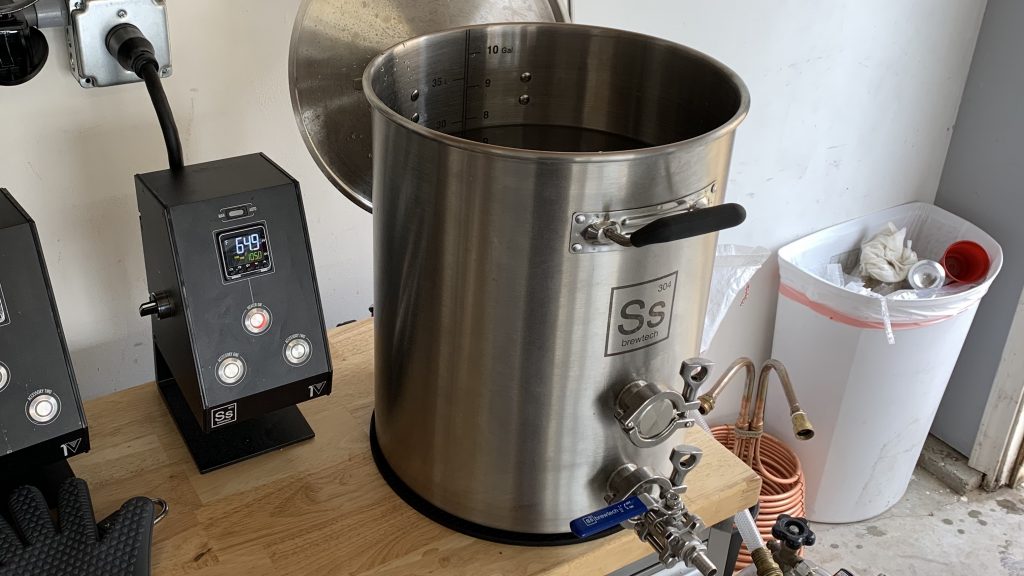
Seeing as Irish Red Ale is a malt forward style, I added a little more calcium chloride than gypsum. At least that was my intention.
At this point, my too-young-to-drink-but-not-wear-tie-dye daughter, Hazel, helped me weigh out and mill the grain.
After returning from a brief trip to the jacks, I discovered my water was slightly overheated, which I ignored. I switched the controller to mash mode, dropped the bag of grain in, gently stirred to incorporate, then confirmed the mash temperature was indeed a bit higher than planned.
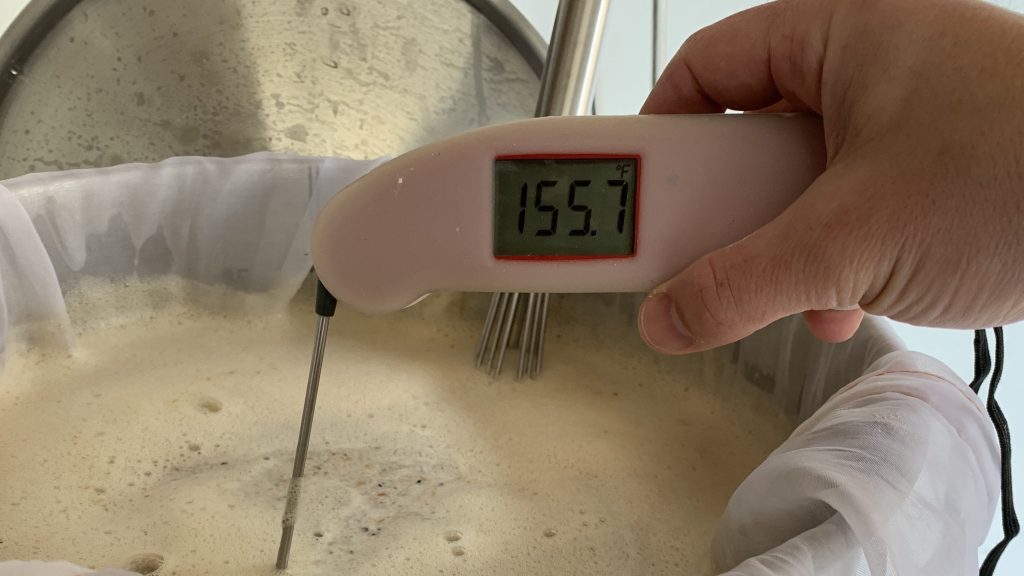
The mash was rest left alone for a mere 25 minutes, my assistant returning at points to give it a good stir.
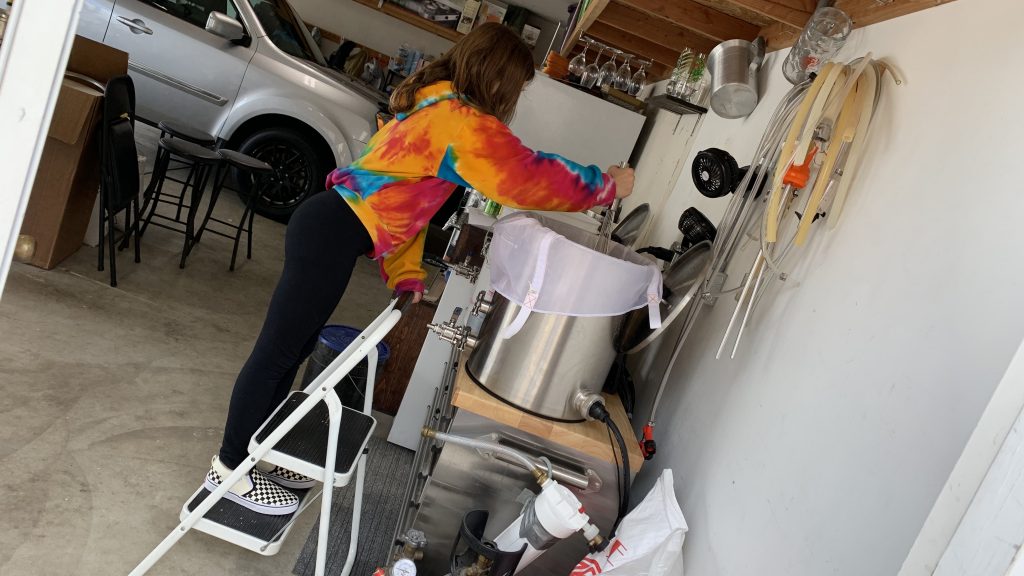
When the mash was completed, I removed the grains then boiled the wort for a scant 20 minutes, adding hops at the times stated in the recipe before quickly chilling it.
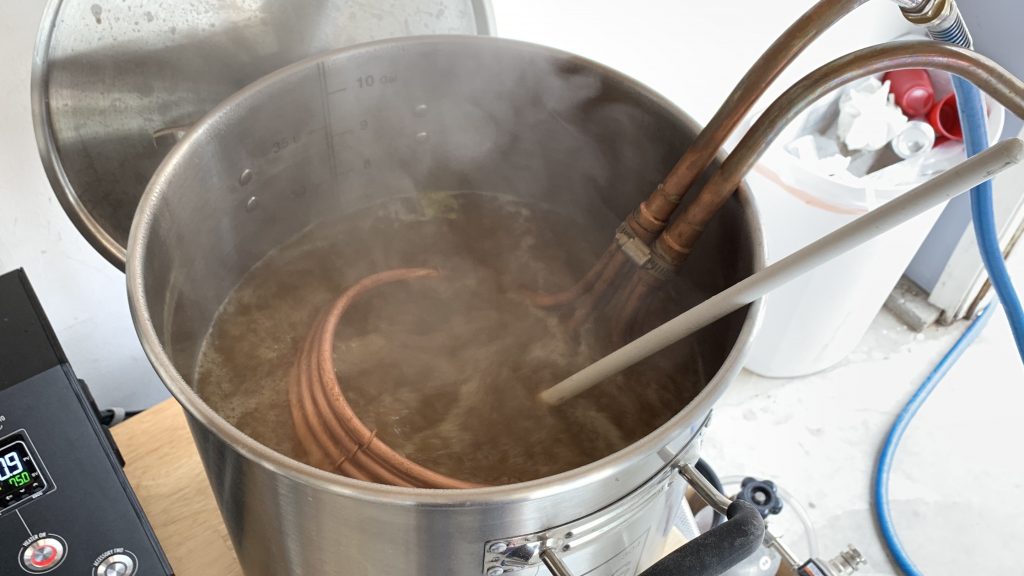
A refractometer reading confirmed the wort was sitting right at my intended 1.050 OG.
The 66°F/19°C wort was then transferred to a sanitized fermentation vessel.
After placing the filled fermentor in my chamber, I direct pitched a single pouch of Imperial Yeast A10 Darkness then set my controller to keep the temperature from going over 76˚F/24˚C.
The weather was pretty cool at the time and I observed the warmest temperature during fermentation to be 70˚F/21˚C. After a week, activity was absent so I took a hydrometer measurement showing the FG was a tad higher than planned, most likely due to the warmer mash temperature. Oh well.
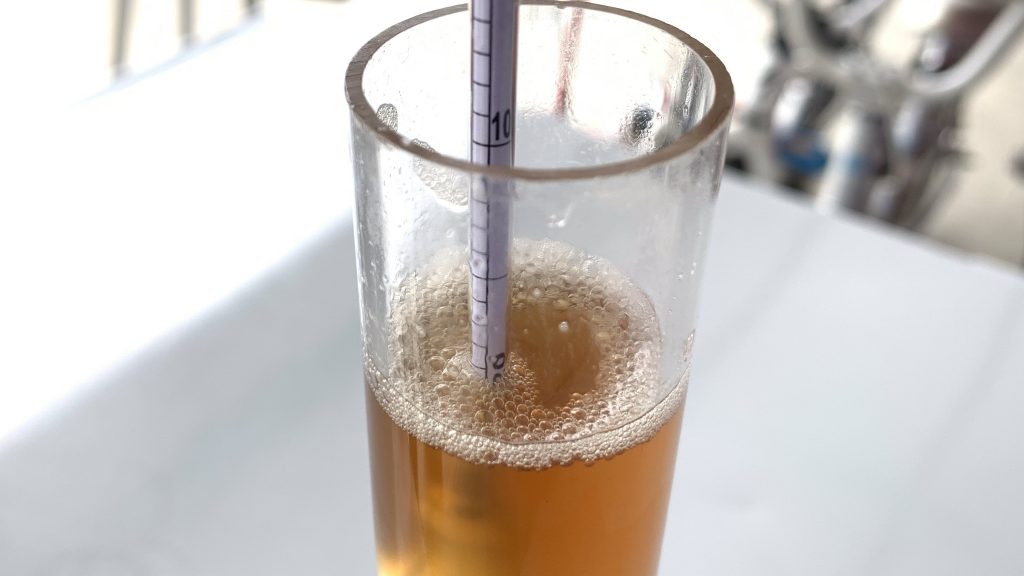
I let the beer sit another couple days before taking another hydrometer measurement that showed no change, at which point I swapped the airlock for a BrüLoonLock and reduced the temperature to 34˚F/1˚C. I fined with gelatin a day later then racked the beer to a CO2 purged keg the day after that. After 18 hours of burst carbonation, I reduced the gas to serving pressure and let it sit 5 more days before serving it to tasters.
| RESULTS |
A total of 15 people of various levels of experience participated in this Short & Shoddy evaluation. Participants were first asked to identify the style they believed the beer to be based on their perception.
Tasters were then instructed to rate how hoppy, malty, and dry they perceived the beer to be on a 0-5 scale where a rating of 0 indicated “not at all” and 5 indicated “extremely;” these ratings were then averaged.
Tasters were provided a list of common hop, malt, and yeast characteristics then instructed to select from each the one they perceived as being strongest in the beer.
Hop Characteristics
Malt Characteristics
Yeast Characteristics
Next, participants were asked to indicate whether or not they detected any off-flavors in the beer; those who did were provided a list of common off-flavors and instructed to select the one they perceived as being strongest. Not a single taster reported perceiving any off-flavors in this beer.
Tasters were then asked to rate how much they enjoyed the beer on a 0-5 scale where 0 indicated they hated it and 5 indicated they loved it.
Finally, the beer style was revealed to participants and they were asked to rate how representative it was on a 0-5 scale where 0 meant “not at all” and 5 meant “exactly.”
My Impressions: I loved this beer, no question about it. I perceived a slight peanut-like malt flavor that paired beautifully with the earthier Fuggles. While I felt some fruity ester character was present, it was very pleasant and the beer still presented as quite clean. And that color!
| CONCLUSION |
Irish Red Ale may not be the trendiest style, but I love it. In addition to offering a refreshing departure from the histrionic hop bombs of today, it’s also rather nostalgic for me, as it was the first style of beer I ever brewed using extract with steeping grains. As a worried novice, that batch took me about 3 hours to brew, start to finish, and it turned out at least decent enough to keep me coming back for more. Who would’ve guessed that 16 years later I’d be brewing the same style, only this time all grain and in less time?
Based on the data from blind participants, my Short & Shoddy Irish Red Ale appears to have been rather well received. Sure, nobody accurately guessed the style, but that doesn’t bother me, they picked styles that were at least somewhat similar in character, and it’s not like everyone’s pounding Irish Red Ale all time. Sadly, that’s far from the case.
As general characteristics go, participant ratings on malt, hop, and yeast all line up nicely with the BJCP description for Irish Red Ale– toasty and nutty malt supported by earthy hops with a slight ester character from the yeast. What’s more is that, despite the shoddy methods used to brew this beer, not a single person detected any off-flavors. No DMS. No diacetyl. No acetaldehyde. Just a tasty beer that I definitely plan to brew again.
If you have thoughts about this Short & Shoddy brew, please feel free to share in the comments section below!
Support Brülosophy In Style!
All designs are available in various colors and sizes on Amazon!
Follow Brülosophy on:
FACEBOOK | TWITTER | INSTAGRAM
If you enjoy this stuff and feel compelled to support Brulosophy.com, please check out the Support page for details on how you can very easily do so. Thanks!


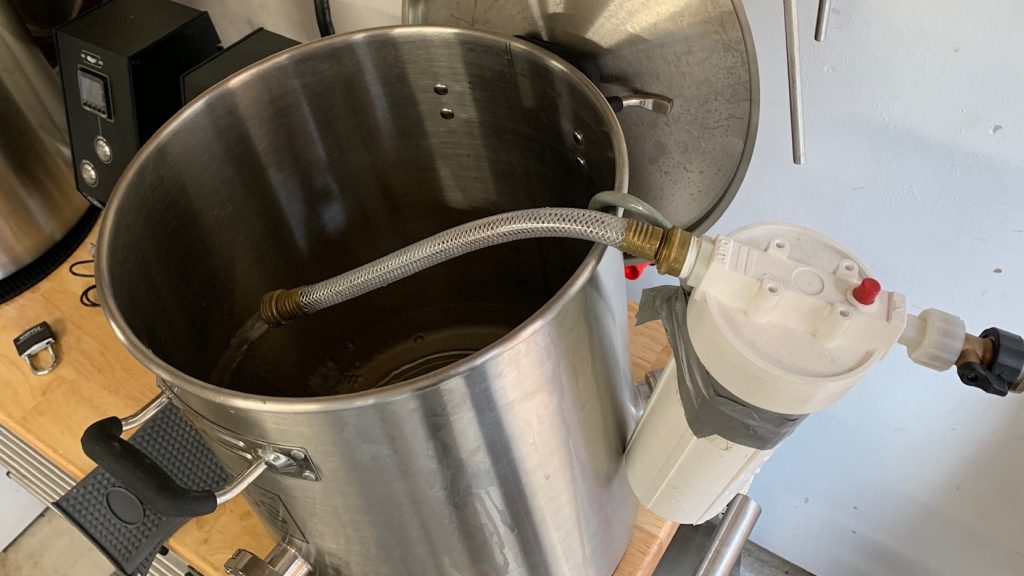
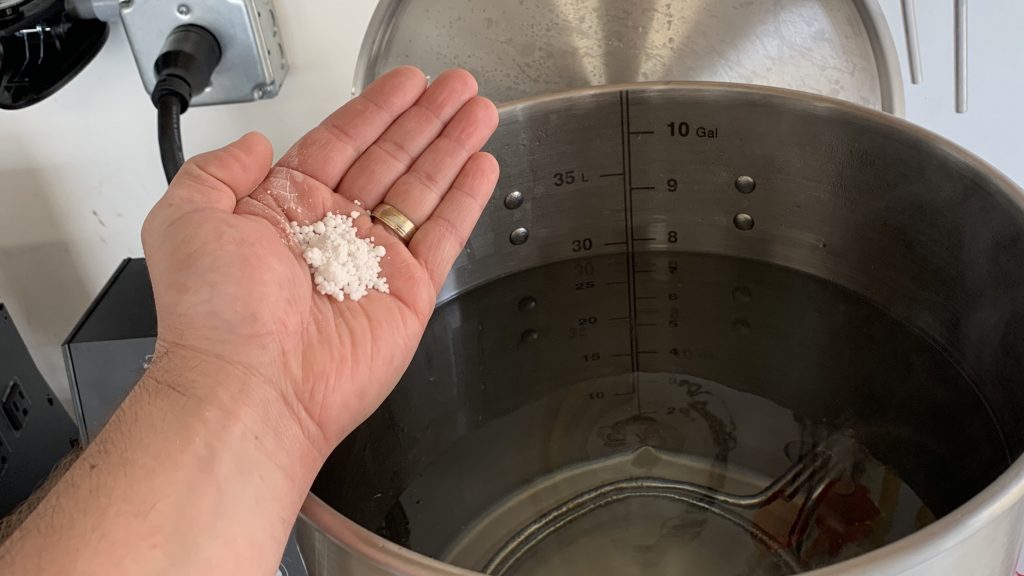
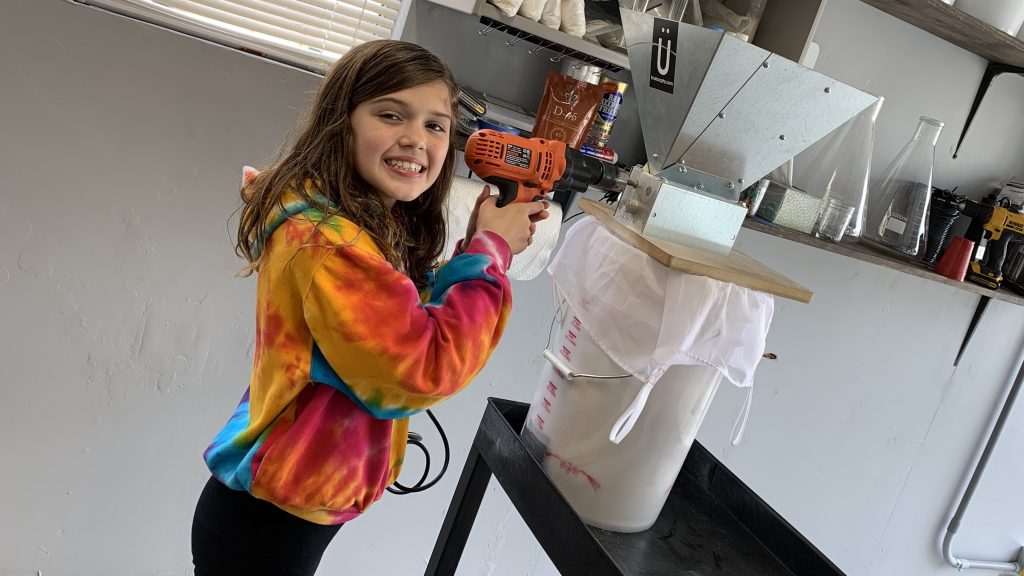
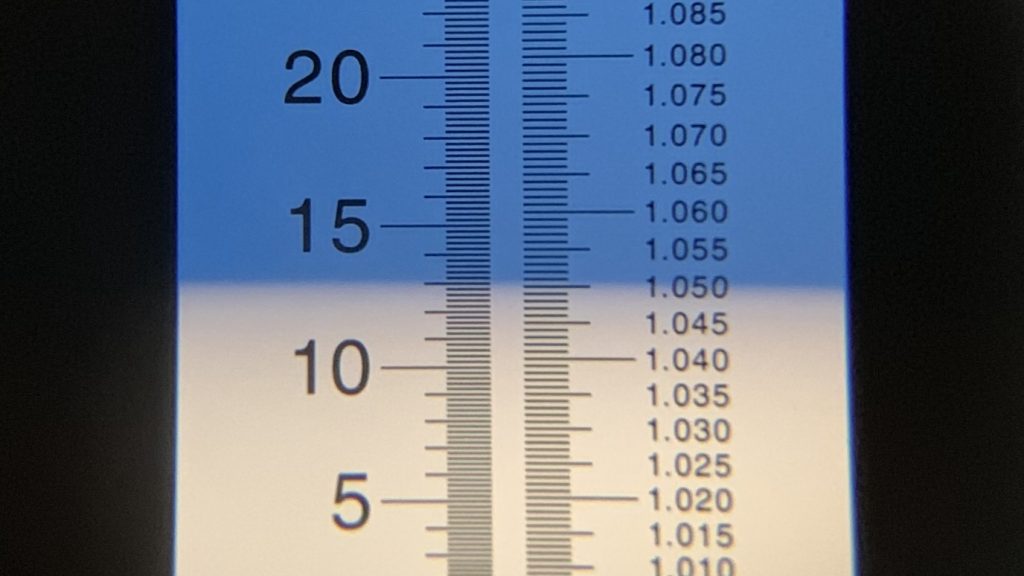
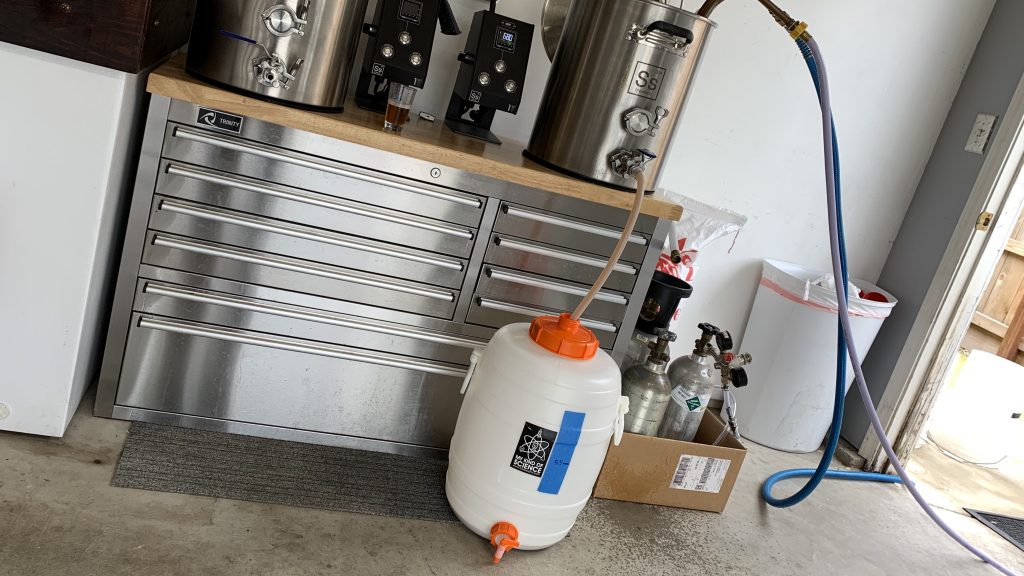
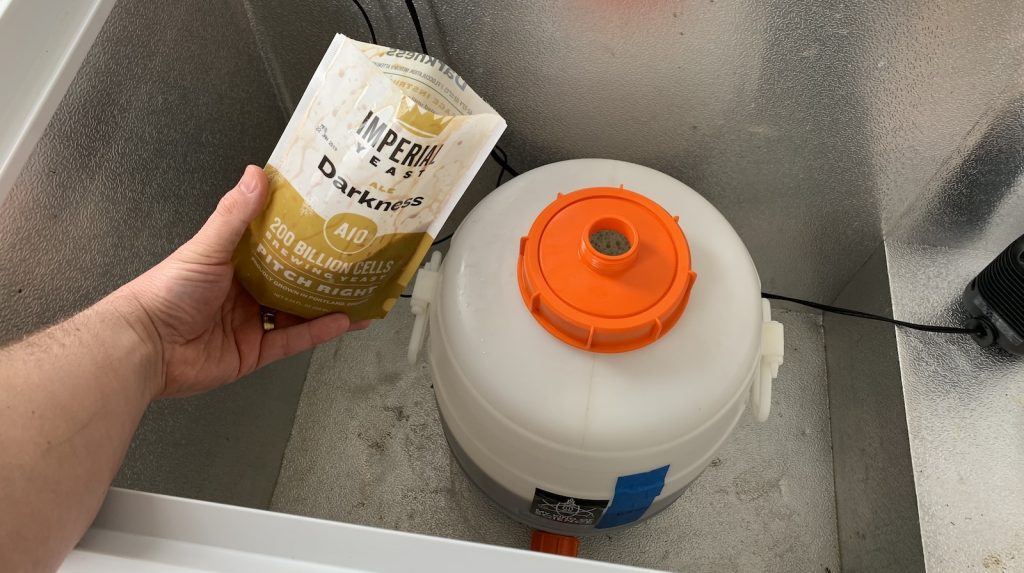
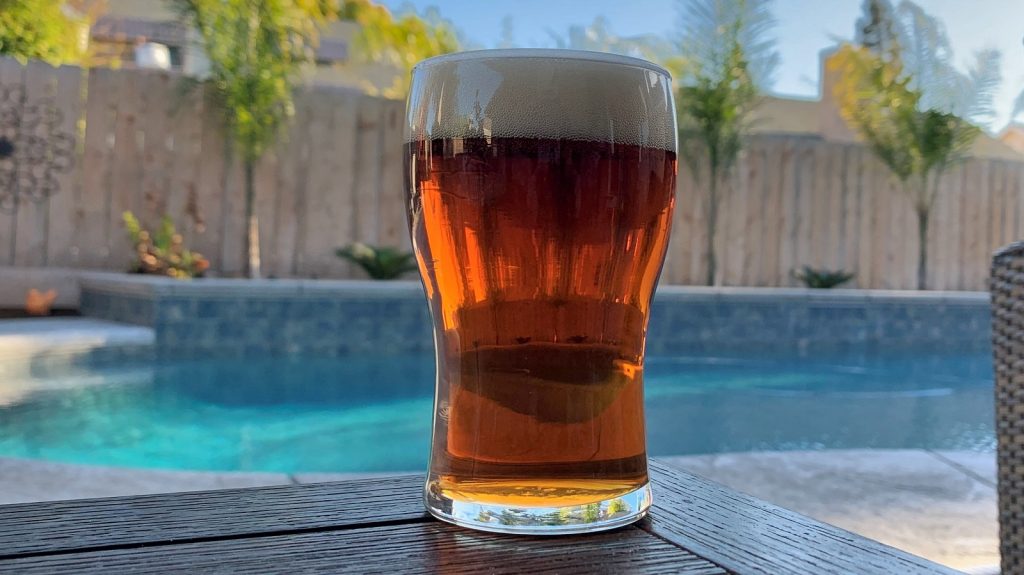
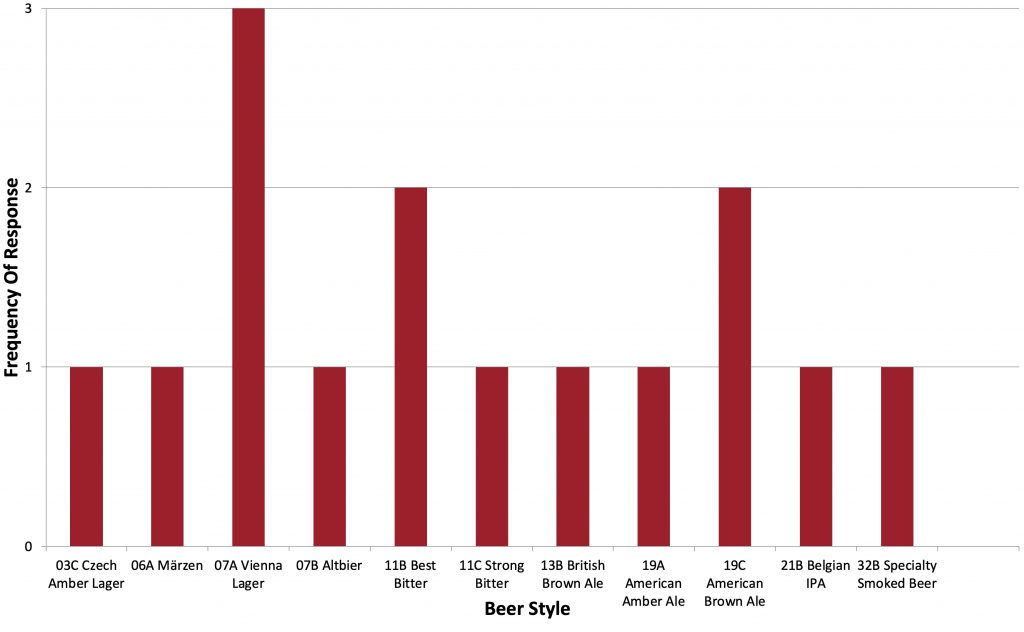
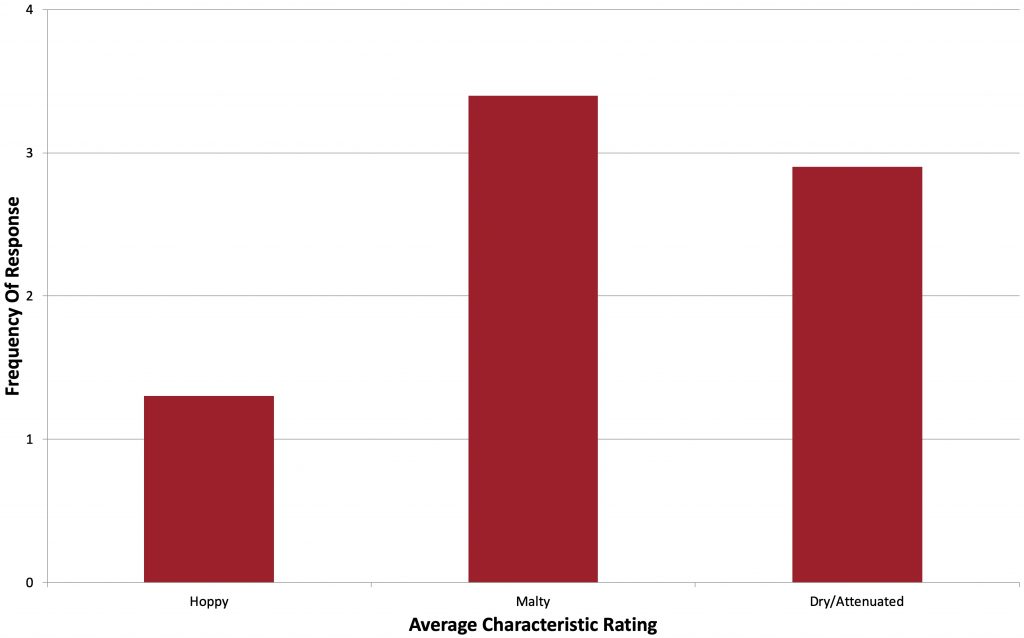
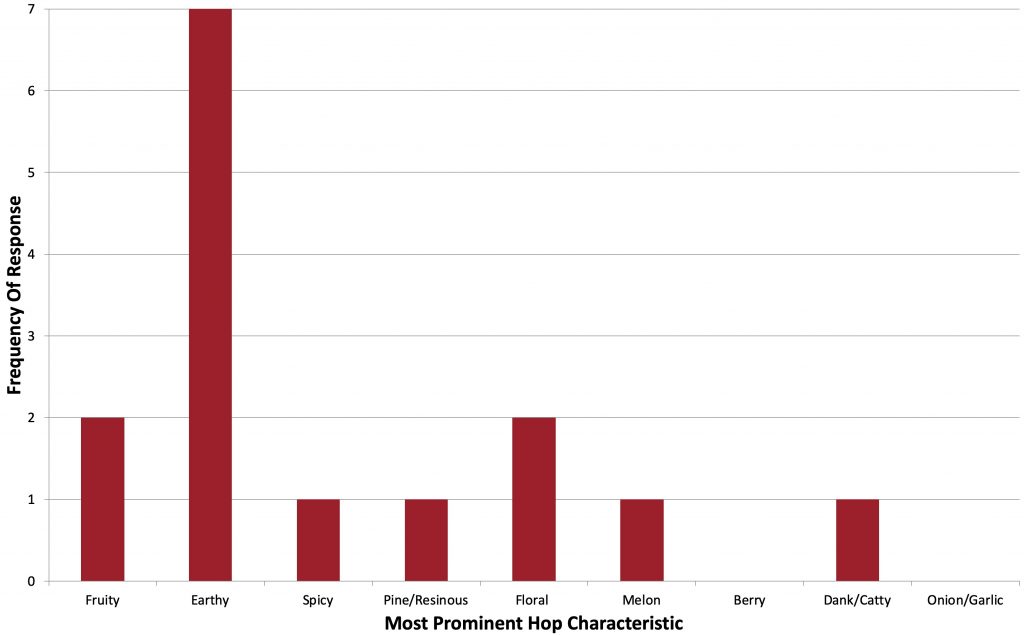
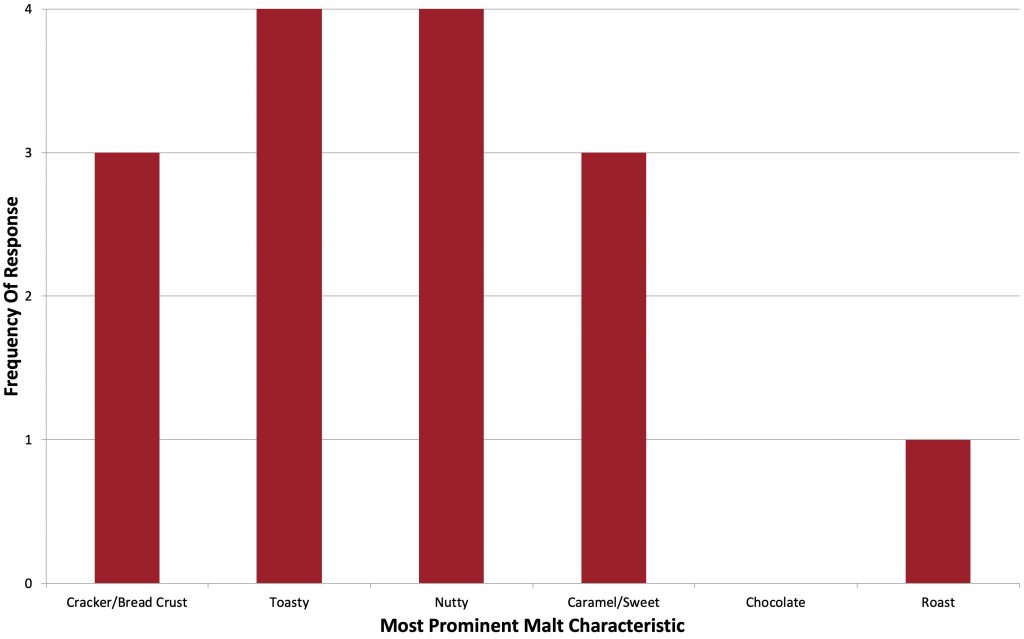
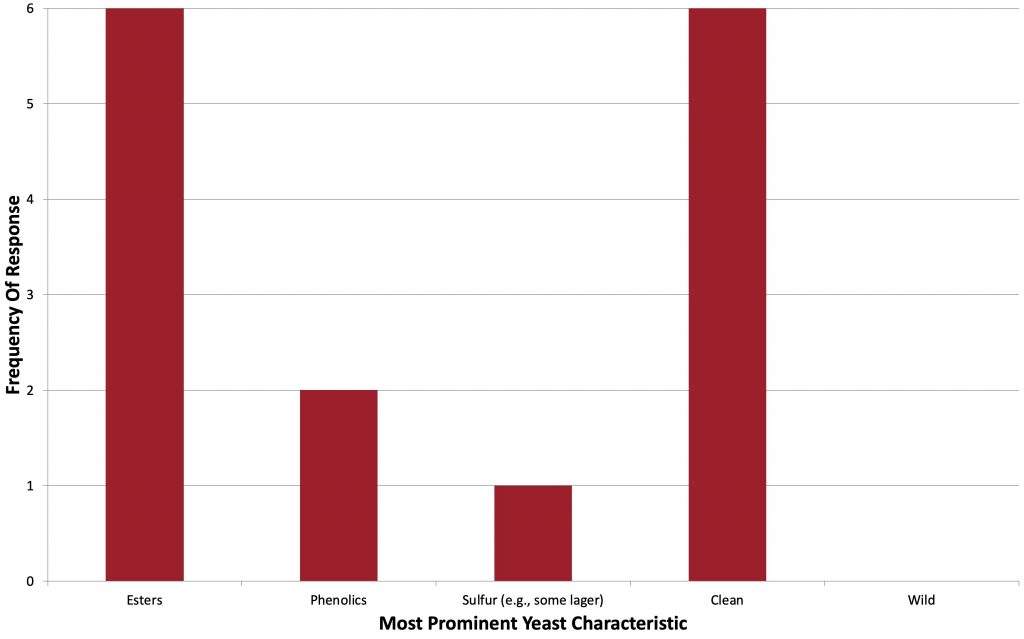
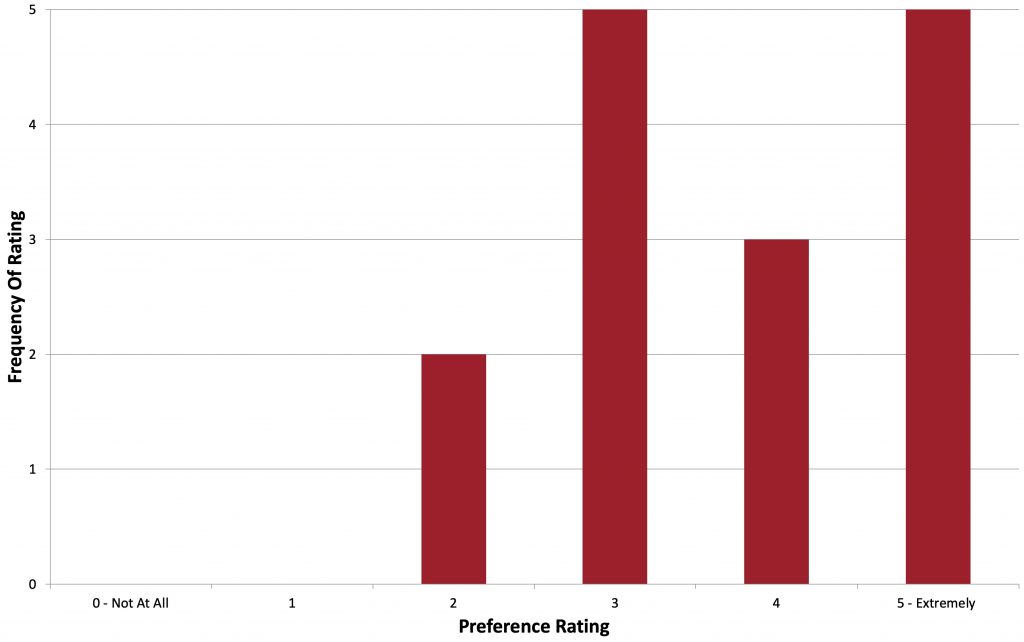
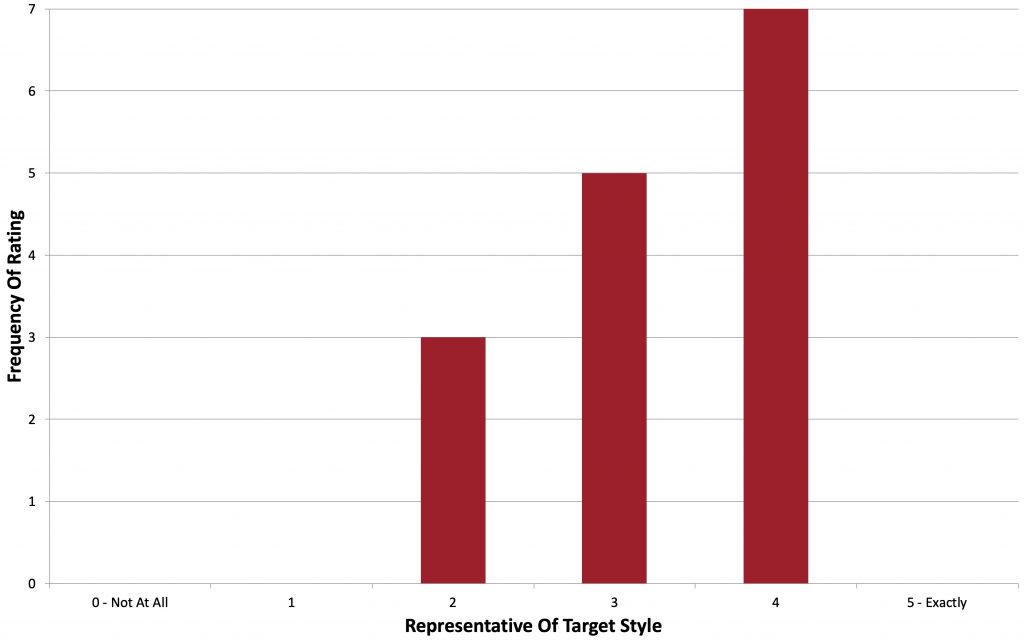










11 thoughts on “Short & Shoddy | Irish Red Ale”
Gonna guess the high FG is due to the short mash?
Nah, I do short mashes all the time and get lower FG; pretty sure this has to do with the high mash temp.
Oh got it. Didn’t look at details. Ha!
Why would a high mash temp reduce the attenuation? Is that because of a greater proportion of non fermentable sugar extraction?
Great style choice! Everything about a Red Ale is simple. Skip the decoctions! But… your method wasn’t at all shoddy. More like Shortened. Shoddy is when you forget to sanitize the fermenter and rationalize that you scrubbed it thoroughly the night before and then use yeast from the back of the frig that you think is probably ale yeast. I wonder if part of the success of the beer was the high mash temp that sped up conversion. Or maybe it was the special touch of your assistant.
Short & Shoddy-within-reason
Marshall: are you adding your Calcium Chloride in flakes? If so you shouldn’t. Your calculations will probably be way off.
When you list the time for hops, does that tome mean the minutes into boil? Or minutes of the boil. Example: one recipe list hops 60 min
Is that start of boil or end of 60min boil?
Minutes LEFT in the boil. So 60 would be at the start.
Why did you use Imperial Darkness? Seems like more of stout yeast?
It’s sourced from Guinness, and Irish brewery.
Plus I had it in hand.